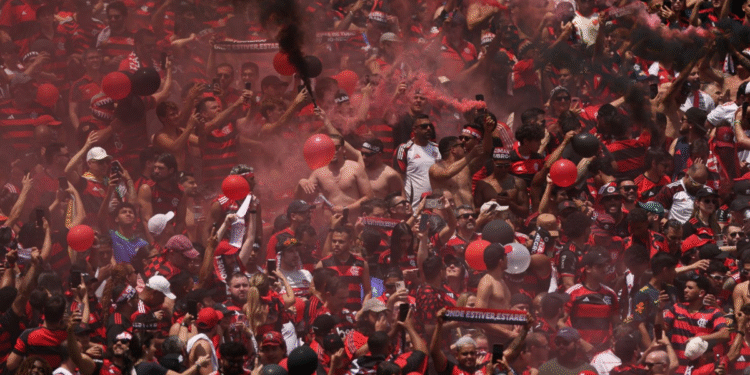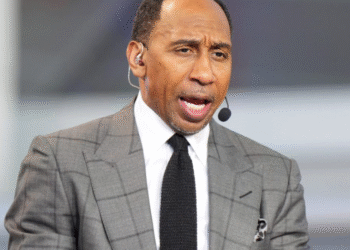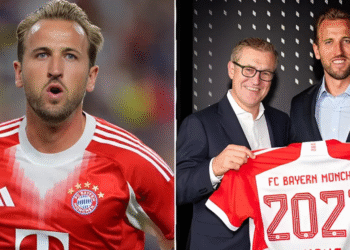Football fans in Philadelphia were treated to more than just a friendly match this week — they witnessed exactly what FIFA is hoping to achieve with its upcoming Club World Cup plans. A high-energy clash between an English club and a top Brazilian side turned into a spectacle that had all the ingredients of world-class football: passionate supporters, high skill levels, tactical intensity, and most importantly, a global football atmosphere.
This match wasn’t just about who won or lost. It was a powerful example of how football is becoming more international and how clubs from different continents can draw crowds, attention, and excitement far from their home countries. With FIFA planning to expand the Club World Cup format, this kind of match is exactly what they hope will become more common — and more watched.
For years, FIFA has wanted to create a truly global competition for clubs, not just for national teams. The new Club World Cup format, expected to kick off in 2025 with 32 teams, aims to do just that. This friendly in Philadelphia gave fans a taste of what’s coming — two football cultures clashing, bringing their own styles and supporters, and giving local fans a reason to watch.
The energy in the stadium was electric. Brazilian fans came with drums, chants, and the usual sea of yellow jerseys. English fans, not to be outdone, brought their own chants, scarves, and sharp-witted singing. The result? A stadium that sounded like it could’ve been in Rio or Manchester — except it was right in the middle of Philadelphia.
On the pitch, the match didn’t disappoint. It was fast, intense, and full of drama. The English side relied on structured passes and strategic pressing, while the Brazilian team brought flair, footwork, and fast breaks. Both teams played with purpose, despite it being just a friendly. Players seemed aware that this wasn’t an ordinary off-season match — it was a showcase, a message, and a mini-preview of what’s coming on the world stage.
Club friendlies like this used to be treated more casually, often seen as warm-up games. But now, with FIFA’s increased focus on global football markets and the upcoming Club World Cup expansion, these matches carry more meaning. They’re no longer just about preparation — they’re about building international fanbases, making clubs more recognizable globally, and giving fans everywhere a chance to feel part of elite-level football.
And let’s not forget the business side. Club World Cup-style matches bring in sponsorships, broadcast rights, and merchandise sales from different regions. FIFA sees massive potential in this. If a mid-week game in the U.S. between clubs from Europe and South America can fill a stadium and trend on social media, imagine what an actual Club World Cup with knockout rounds, trophies, and high stakes can do.
Of course, there are still questions. Can players handle another major tournament in an already packed calendar? Will clubs be willing to travel across continents mid-season? Will fans tune in as much as they do for the Champions League or Copa Libertadores? These concerns remain. But what’s clear is that FIFA isn’t backing down from its global club football ambitions — and games like this prove there’s demand.
Philadelphia’s match didn’t just entertain fans. It reassured FIFA that their idea of a global club tournament is not only feasible — it’s desirable. It reminded fans that football truly is the world’s game, and when teams from different parts of the globe meet, it creates something special.
For the thousands in the stadium and the millions watching highlights online, this was more than a game. It was a preview of a football future that crosses borders and brings global football fans closer. If this is what the Club World Cup will look like in 2025, then fans everywhere have a lot to be excited about.






















